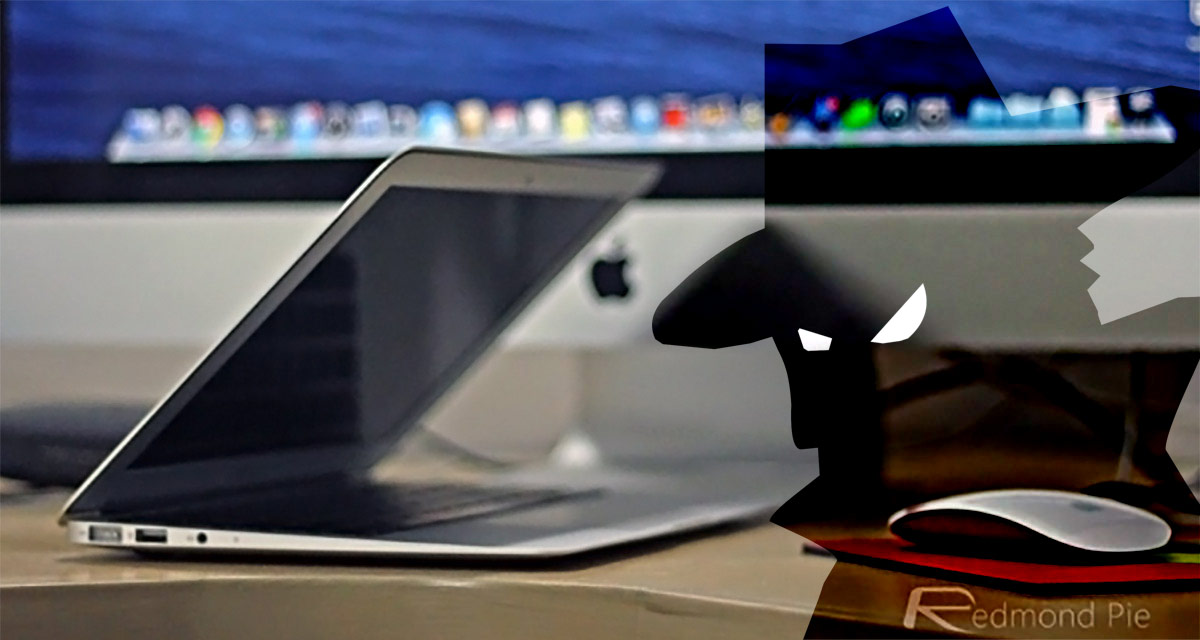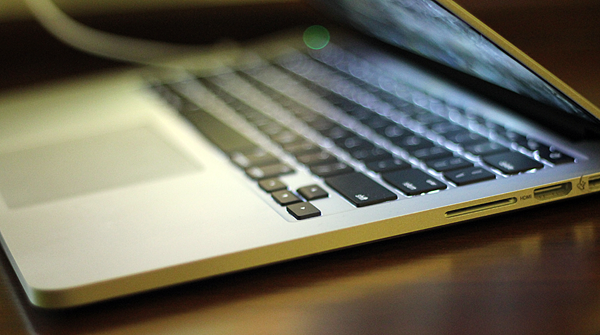Did you ever know anyone – or did you happen to be that person – that passionately insisted that Macs just couldn’t get viruses or suffer from malware infections?
Well, hopefully, you, or that person, has bee re-educated, and now understand that it’s not the case and that Macs can suffer these afflictions, as highlighted by the recent case of mshelper which has been going around.

Recently, some Mac owners have started to wonder why their battery life has been essentially non-existent and why the internal Mac fans appear to be going full-speed without any apps or processes running on a purposeful level which would consume a lot of CPU.
If you fall into that category, then it may perturb you to learn that a new malware called mshelper has been discovered on Mac computers, and has been shown to be a particularly CPU intensive strain which consumes a lot of machine resources.
There is currently no information to suggest that this is a virus or that it’s doing anything overly malicious on the computer itself, with the best guess being that it’s either adware or some form of cryptocurrency miner that’s spreading onto machines around the world and using the computing power of host devices to mine currencies for its creators. There’s also no real information on how it comes to get onto machines, so it’s very worthwhile being careful with installations and installing software from sources that you don’t trust one-hundred-percent.
However, if you have it, you’re going to want to know about it, so here’s what you need to do. We first need to start off by determining whether your Mac is infected or not.
Step 1: Launch the Activity Monitor app on your Mac.
Step 2: Click on the CPU tab in the app to make sure that all of the processes are sorted in order of the ones consuming the most resource. At the top of that list, look for a process by the name of mshelper.
If it is there, you can’t simply kill the process as it will act like the proverbial phoenix from the flames and ensure that it can raise itself from the ashes. What you need to do is delete the following two files at the given paths to get rid of mshelper entirely:
- /Library/LaunchDaemons/com.pplauncher.plist
- /Library/Application Support/pplauncher/pplauncher

Be gone mshelper! Apple will likely be aware of this naughty little malware and will add it to the macOS blacklist in due course. Until then, you’re now armed with the knowledge that you need.
(Via: Reddit)
You may also like to check out:
- iOS 11.3.1 Jailbreak Project Moon Demoed On Video
- PUBG Mobile 0.6.3 APK Beta Update Rolls Out Featuring FPS Mode And More In China
- PUBG Mobile 0.5.0 Patch Notes Released In Full For English Global Version
- PUBG Mobile 0.5.0 APK Download, iOS Update Out As Season 2 Begins [English Version]
- iOS 11.4 Beta 6 Release Notes And Changes: What’s New In This Release?
- Download iOS 11.4 Beta 6 IPSW Links And OTA Update [Testers Only]
- Jailbreak iOS 11.3 / 11.3.1 / 11.2.6 On iPhone And iPad [Status Update]
- Download iOS 11.3.1 IPSW Links, OTA Update With Fix For Third-Party Screen Repair Issue
You can follow us on Twitter, add us to your circle on Google+ or like our Facebook page to keep yourself updated on all the latest from Microsoft, Google, Apple and the Web.

